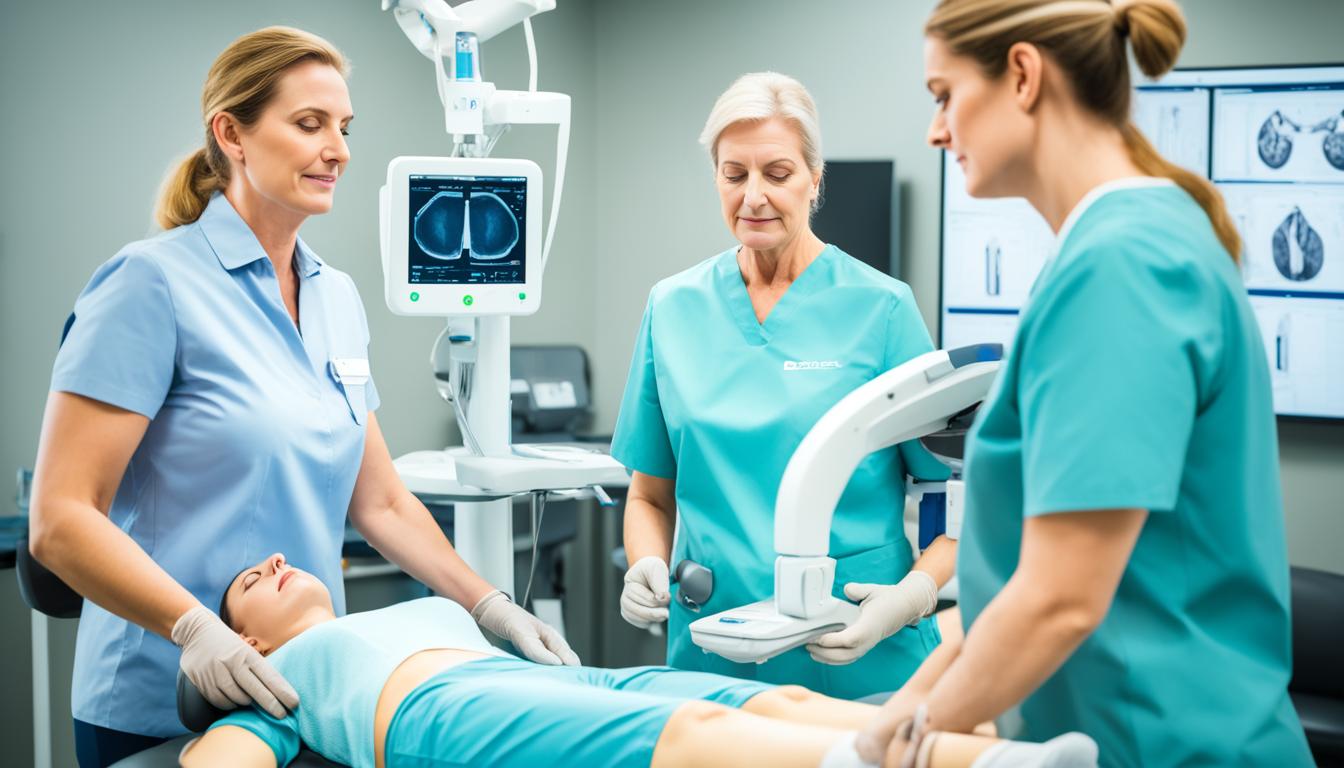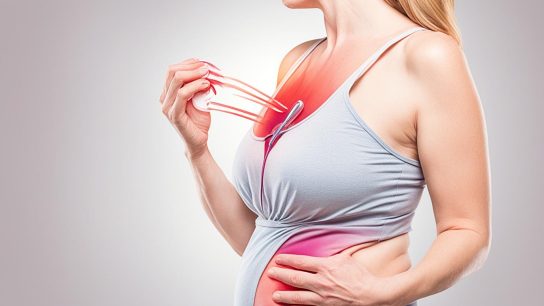How is a Bone Density Test Done on a Woman?
A bone density test, also known as a dexa scan, is a procedure used to measure the density of a woman’s bones. This test is essential in diagnosing osteoporosis and determining the risk of fractures in women. The test uses X-rays to measure the amount of calcium and other minerals in specific bones, such as the spine, hip, and forearm.
By assessing bone density, doctors can identify decreases in bone density, confirm an osteoporosis diagnosis, and monitor the effectiveness of treatment. It is important for women, especially those who are at higher risk, to undergo bone density testing to manage their bone health.
Why is Bone Density Testing Important for Women?
Bone density testing is crucial for women as it plays a significant role in managing their bone health and preventing osteoporosis. Women are more susceptible to bone loss and fractures due to hormonal changes during menopause and the natural aging process. By undergoing regular bone density testing, women can benefit in several ways:
- Early Detection: Bone density testing allows for the early detection of decreases in bone density before fractures occur. This enables timely intervention and treatment to prevent further deterioration.
- Risk Assessment: By measuring bone density, doctors can determine the risk of broken bones and confirm an osteoporosis diagnosis. This information helps healthcare providers develop personalized prevention and treatment plans.
- Preventing Osteoporosis: Bone density testing is a crucial step in preventing osteoporosis. By identifying early signs of bone loss, women can take proactive measures, such as lifestyle changes, exercise, and targeted nutritional interventions, to maintain optimal bone health.
- Monitoring Treatment: For women already diagnosed with osteoporosis, bone density testing provides an effective way to monitor the effectiveness of treatment and make necessary adjustments to maintain bone density.
Overall, bone density testing empowers women to take control of their bone health, allowing for early detection, prevention, and management of osteoporosis. By prioritizing regular testing, women can reduce the risk of fractures and maintain strong and healthy bones.
How is a Bone Density Test Performed?
A bone density test, also known as a dexa scan, is a simple and painless procedure that helps assess a woman’s bone health. The test typically focuses on bones in the spine, hip, forearm, wrist, fingers, and heel. During the procedure, the patient lies on a padded table while a scanning machine passes over the body. This machine emits low-dose X-rays through the bones being examined, allowing for the measurement of bone density. The level of radiation exposure is minimal, similar to that of a chest X-ray.
The duration of a bone density test can vary depending on the areas being scanned, taking anywhere between 10 to 30 minutes. Portable devices can also be used to measure bone density in peripheral bones like the finger, wrist, or heel. To ensure accurate results, it is important for women to wear loose and comfortable clothing during the test. Additionally, any metal objects that may interfere with the scan, such as jewelry or belts, should be removed.
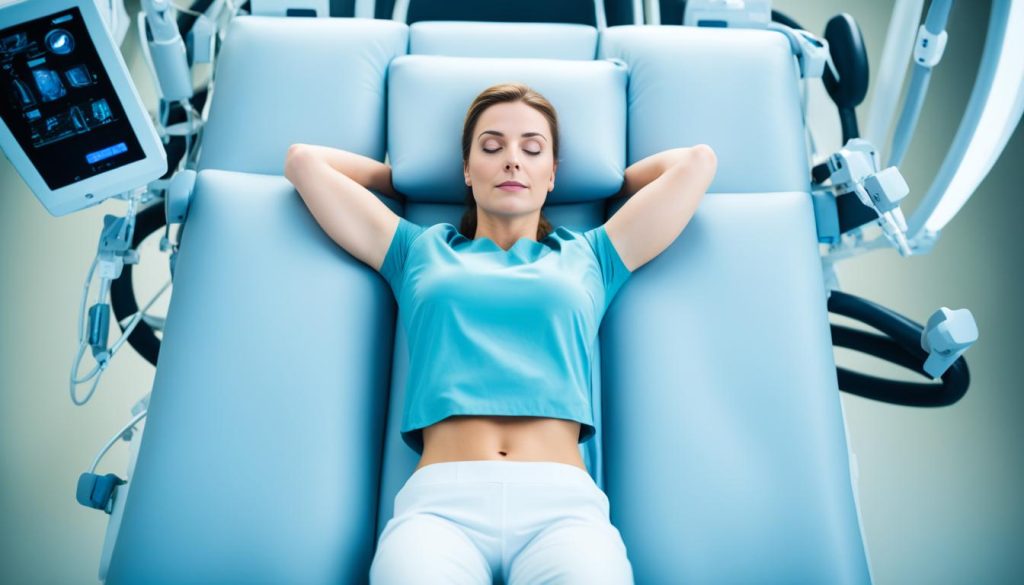
By conducting a bone density test, healthcare providers can gain valuable insights into a woman’s bone health and assess the risk of osteoporosis and fractures. This information is crucial for determining appropriate treatment plans and implementing preventive measures to maintain strong and healthy bones.
Who Should Consider Bone Density Testing?
Bone density testing is an important screening tool for women who are at a higher risk for osteoporosis. By identifying individuals with low bone mineral density, this test helps assess the risk of fractures and guides healthcare providers in implementing appropriate preventive measures and treatment strategies. Women who fall into the following categories should consider getting a bone density test:
- Women aged 65 and older: As women age, the risk of osteoporosis increases. Therefore, women aged 65 and older should undergo bone density testing to assess their bone health.
- Women aged 50-64 with risk factors: Women between the ages of 50 and 64 who have risk factors associated with osteoporosis should also consider getting a bone density test. These risk factors may include having a parent who has broken a hip, experiencing a loss of height (at least 1.5 inches), or having a fragility fracture.
- Women with long-term use of steroid medications: Prolonged use of steroid medications, such as prednisone, can weaken bones and increase the risk of osteoporosis. Women who have been on long-term steroid therapy should discuss bone density testing with their healthcare provider.
- Women with hormone level changes: Changes in hormone levels due to menopause or certain cancer treatments can lead to bone loss. Women who have experienced a drop in hormone levels should consider getting a bone density test.
It is important for women to discuss their individual risk factors with their healthcare provider to determine the appropriate timing for bone density testing.

| Who should consider bone density testing? | Recommendation |
|---|---|
| Women aged 65 and older | Testing is recommended due to the increased risk of osteoporosis with age. |
| Women aged 50-64 with risk factors | Consider testing if there are risk factors such as parental hip fracture, height loss, or fragility fracture. |
| Women with long-term use of steroid medications | Testing should be discussed with the healthcare provider due to increased risk of osteoporosis. |
| Women with hormone level changes | Consider testing if hormone levels have dropped due to menopause or cancer treatments. |
What to Expect During a Bone Density Test?
When preparing for a bone density test, there are a few things to keep in mind to ensure an accurate and smooth experience.
- Avoid taking calcium supplements for at least 24 hours before the test. Calcium supplements may affect the test results, so it’s best to refrain from taking them beforehand.
- Wear loose, comfortable clothing. During the test, you will be required to lie still on a table while the scanning machine passes over your body. Loose clothing allows for easy movement and ensures your comfort throughout the procedure.
- Remove any metal objects. Zippers, belts, or buttons can interfere with the scan, so it’s important to remove them before the test. Some facilities may provide an examination gown for you to wear during the procedure.
The bone density test itself is a quick and painless procedure that typically takes about 10 to 30 minutes, depending on the areas being scanned. You will need to lie still on a table while a scanning machine passes over your body, emitting low-dose X-rays through the bones being examined. The amount of radiation exposure is minimal, similar to that of a chest X-ray.
Once the scan is complete, the results will be reported as a T-score and Z-score. These scores compare your bone density to that of a healthy young adult or individuals of the same age, gender, and ethnicity. They help determine if you have normal bone density, low bone mass, or osteoporosis.
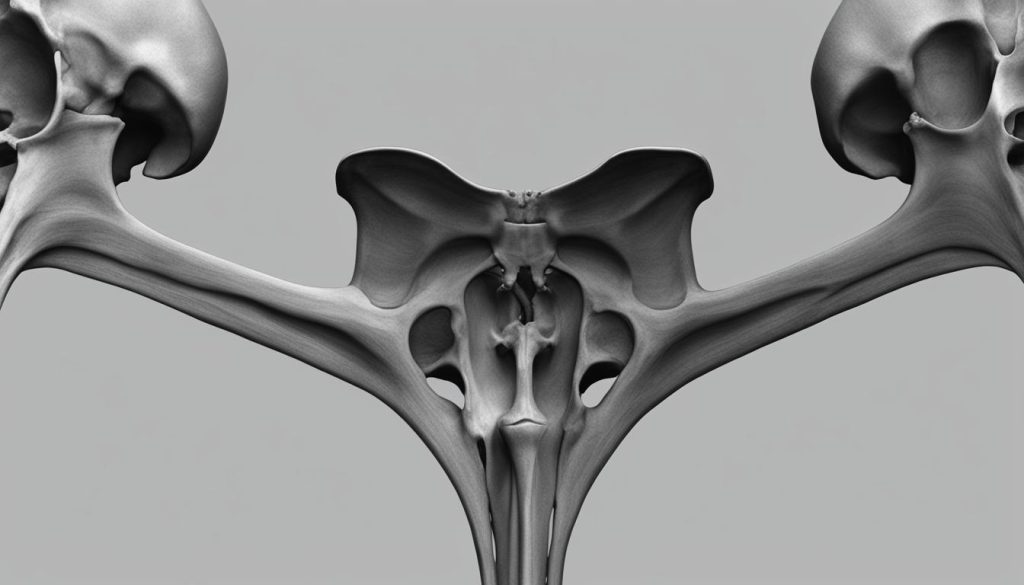
No H3 or table provided.
Limitations and Risks of Bone Density Testing
While bone density testing is a valuable tool in assessing bone health, it is important to understand its limitations and associated risks. Here are some key factors to consider:
1. Accuracy of Testing Methods
The accuracy of bone density tests can vary based on the method used. Devices that measure density in the spine and hip tend to be more accurate but may also be more expensive. It’s essential to discuss with your healthcare provider which method is most suitable for your specific situation.
2. Impact of Structural Abnormalities
Structural abnormalities in the spine, such as severe arthritis or previous spinal surgeries, can affect the accuracy of bone density test results. These conditions may interfere with the interpretation of the scans, leading to potential inaccuracies.
3. Radiation Exposure
Bone density testing uses X-rays to measure bone density. While the amount of radiation exposure during a bone density test is typically minimal and similar to that of a chest X-ray, pregnant women are advised to avoid these tests due to potential risks to the developing baby.
4. Inability to Determine Underlying Causes
Although a bone density test can confirm low bone density, it cannot determine the underlying cause. Additional medical evaluations may be necessary to identify the specific factors contributing to low bone density and guide appropriate treatment strategies.
5. Insurance Coverage
It is important to check with your insurance provider to understand if bone density tests are covered under your health insurance plan. Not all plans include coverage for these tests, and it’s essential to be aware of any out-of-pocket expenses you may incur.
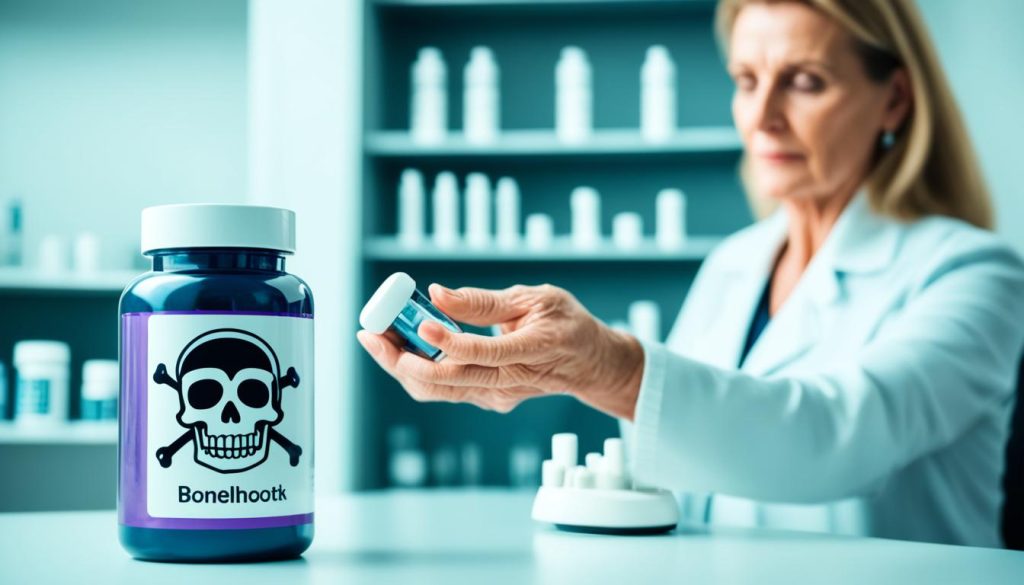
| Factors | Limitations and Risks |
|---|---|
| Accuracy of Testing Methods | Accuracy can vary based on the method used; devices measuring spine and hip density are generally more accurate but may cost more. |
| Impact of Structural Abnormalities | Structural abnormalities in the spine, such as severe arthritis or previous spinal surgeries, can affect test accuracy. |
| Radiation Exposure | Bone density testing uses X-rays, resulting in minimal radiation exposure similar to a chest X-ray; pregnant women should avoid these tests. |
| Inability to Determine Underlying Causes | Bone density tests can confirm low density but cannot identify the underlying cause, which may require additional evaluations. |
| Insurance Coverage | Not all health insurance plans cover bone density tests; it is essential to verify coverage beforehand to avoid unexpected expenses. |
While bone density testing has its limitations and risks, it remains a valuable tool in assessing bone health. Discuss the benefits and considerations with your healthcare provider to determine if bone density testing is appropriate for you.
The Importance of Bone Density Testing for Women’s Health
Bone density testing plays a crucial role in women’s health by enabling the early detection and management of osteoporosis. This testing has a significant impact on women’s health, helping to prevent osteoporotic fractures and maintain bone health in females.
One of the key benefits of bone density testing for women is the prevention of osteoporotic fractures. By identifying decreases in bone density before fractures occur, women can take proactive steps to strengthen their bones and reduce the risk of fractures. The early diagnosis of osteoporosis allows for timely intervention, which may include lifestyle modifications, medication, and supplemental treatment.
Regular monitoring through bone density testing is essential for managing bone health in females. It helps healthcare providers assess the effectiveness of treatment and make adjustments as necessary. By tracking and managing bone density, women can actively take control of their bone health and lower the risks associated with osteoporosis.
Early diagnosis and management of osteoporosis are especially significant for women. Women are more susceptible to osteoporosis due to factors such as hormonal changes during menopause and the natural aging process. By prioritizing bone density testing, women can identify the early signs of bone loss and take appropriate measures to maintain their bone health.
Table: The Significance of Early Osteoporosis Diagnosis in Women
| Importance of Early Osteoporosis Diagnosis in Women | Actions and Benefits |
|---|---|
| 1. Timely intervention and treatment | – Reduce the risk of fractures – Preserve bone density – Prevent further deterioration |
| 2. Lifestyle modifications | – Adopting a bone-healthy diet – Engaging in weight-bearing exercises – Quitting smoking and reducing alcohol intake |
| 3. Medication and supplemental treatment | – Prescribed medications to prevent bone loss – Calcium and vitamin D supplementation to support bone health |
| 4. Regular monitoring and adjustments | – Bone density testing to assess treatment effectiveness – Healthcare providers can adjust treatment plans if necessary |
By prioritizing bone density testing, women can effectively manage their bone health and reduce the risks associated with osteoporosis. The early detection and management of osteoporosis through bone density testing empower women to take control of their health and lead an active and healthy lifestyle.
Conclusion
Bone density testing plays a vital role in the management of women’s bone health. By undergoing this simple and painless procedure, women can assess their risk of osteoporotic fractures and take proactive measures to prevent and manage osteoporosis. Regular bone density testing allows for early detection, timely intervention, and effective treatment.
It is crucial for women to have open conversations with their healthcare provider about their individual risk factors and follow recommendations for bone density testing. By prioritizing bone health, women can maintain strong and healthy bones, reducing the risk of fractures and supporting overall wellbeing.
Don’t wait until fractures occur or symptoms worsen. Make bone density testing a part of your routine healthcare regimen to stay ahead of osteoporosis and protect your bone health.

